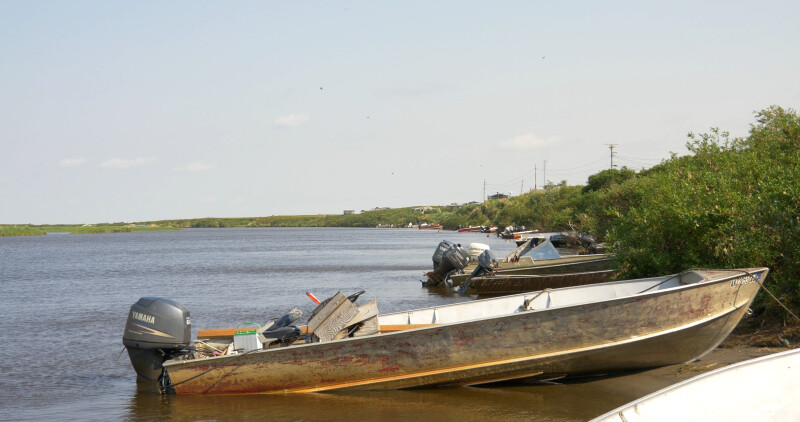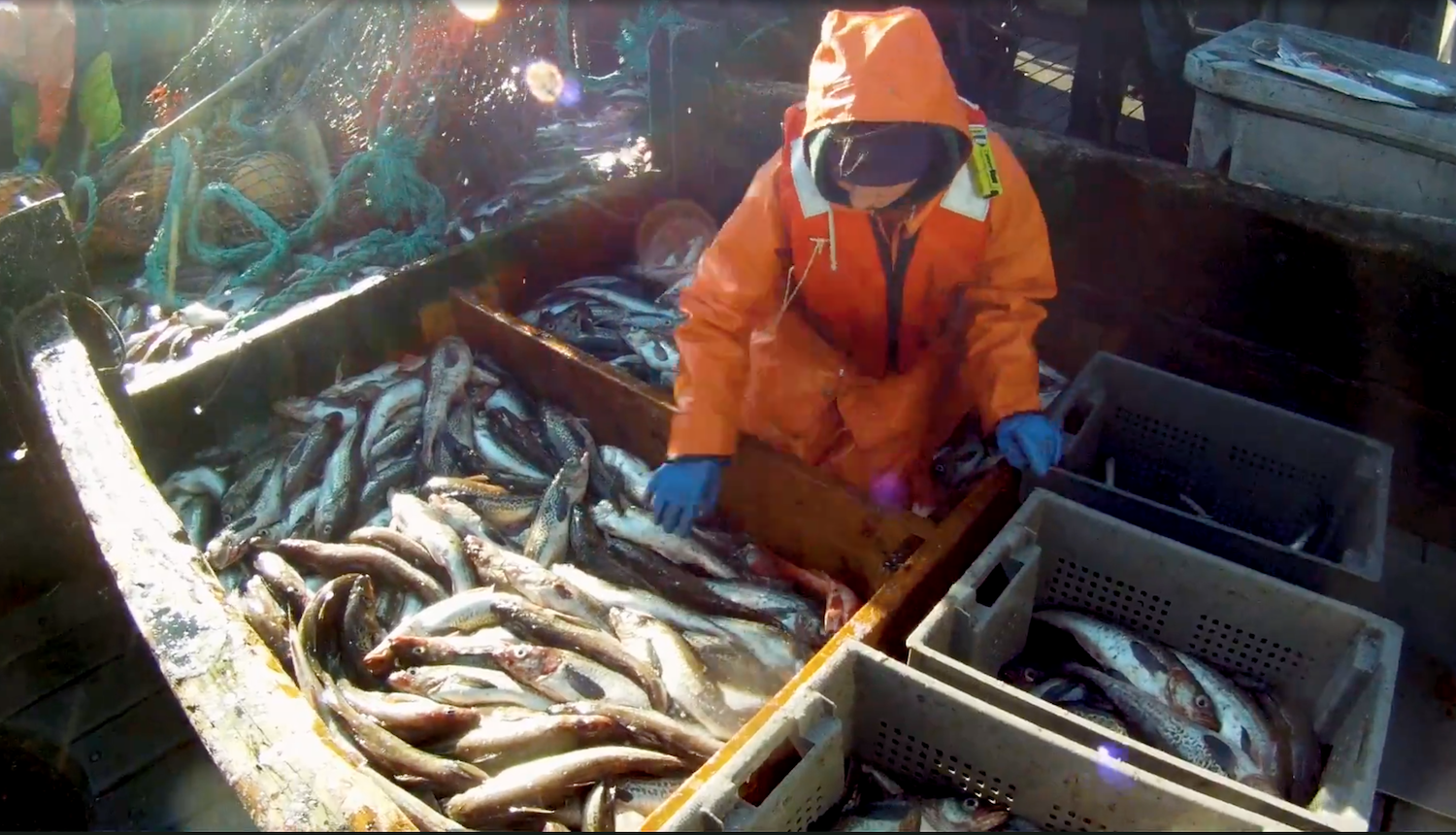The contentious issue of chinook and chum salmon that are taken as bycatch in the Bering Sea pollock and groundfish trawl fisheries reached a new order of magnitude as the North Pacific Fishery Management Council grappled with concerns over declining salmon fisheries at its June meeting in Sitka.
The council and its scientific committees are no newcomers to the controversy pitting the Bering Sea trawl fleet against commercial and subsistence salmon fishermen along Alaska’s western coastline and the Yukon and Kuskokwim Rivers.
Now a new infusion of recent genetic evidence from the Alaska Department of Fish and Game – and how that data applies to federal management of the trawl fisheries – has raised new questions over whether enough is being done to reduce salmon bycatch.
“In my opinion, as one council member, this is the most significant and difficult issue we’re facing as a council,” said Andy Meziro, after the panel had taken public comment at its meeting. “But clearly not being able to meet the most basic need of rural Alaska Native families to gather food to survive is almost unimaginable,” Meziro added.
For thousands of years, chinook and chum salmon have been the lifeblood and source of cultural and spiritual health of communities near the banks of salmon-bearing drainages in Alaska. Yet in the last decade the Yukon River has seen cataclysmic run failures for chinooks and meager chum returns. In recent years, commercial and subsistence users faced severe restrictions and long-term closures instituted in hopes of making escapement goals for spawners to their natal tributaries.
Genetic sampling and stock composition modeling of salmon caught in the trawl fisheries has been conducted by the National Marine Fisheries Service since 2011. Late last year ADF&G released new information to supplement those studies as an ongoing effort to combine state and federal scientific resources. “We want to work in a more unified front in presenting this information,” says Dianna Stram, a senior scientist with the North Pacific council, in Anchorage.
Improved methodology in the sampling of salmon DNA has increased the accuracy of identifying sources of salmon stocks from vagaries across a vast region down to individual rivers. The 2021 ADF&G data for trawl bycatch showed a significant rise in the Coastal Western Alaska component.
That 2021 data fueled emotion in oral and written testimony as the council waded into the salmon bycatch topic.
“It was all of two days’ worth of public testimony,” said Stram. Recommendations to the council during the public comment period ranged from closing areas to trawl fisheries, to new strategies in chinook and chum salmon avoidance by the fleet.
Mandatory observer coverage of 100 percent accounts for virtually every salmon caught in trawl tows. In 2020 the incidental take added up to 32,294 chinooks and 320,478 chums. As for their natal streams, a 2019 study revealed that an estimated 40 percent of the chinooks were bound for coastal western Alaska with less than 1 percent destined for spawning grounds on the Middle and Upper Yukon River.
Chum salmon samples taken from 2019 revealed an average 57 percent were Asiatic (hatchery) stocks. Eastern Gulf of Alaska and Pacific Northwest stocks accounted for 23 percent, and Coastal Western Alaska stocks had been estimated at 16 percent.
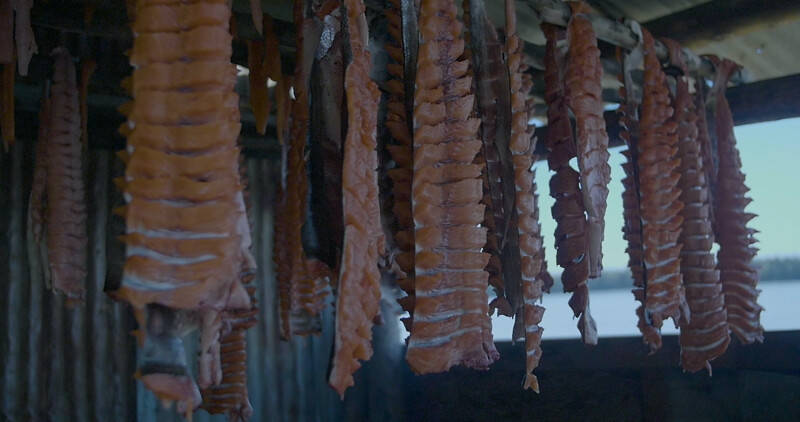
Random sampling of one in ten chinooks in 2021 rendered genetic material from 2,614 fish, of which 52 percent were linked to Coastal Western Alaska. The 52 percent was higher than the previous 10-year average of 44 percent. And of that 52 percent, an estimated 2 to 4 percent were headed to Middle and Upper Yukon River tributaries. Breaking those percentages down to the actual numbers of fish, scientists estimate that 16,796 chinooks were Coastal Western Alaska stocks, and of those, 670 chinooks were stocks bound for the Middle Yukon, with 729 fish headed for the Upper Yukon.
In response to the higher bycatch, the North Pacific council called upon Rachel Baker, who represents the State of Alaska in federal fishery management issues on behalf of ADF&G, to present a list of actions put forth by the council’s science and statistical committee.
Those actions include the implementation of new chum salmon avoidance strategies immediately; formation of a working group of scientists, fishermen and industry and tribal leaders to examine causes of declining western Alaska salmon; updating a 2012 analysis of chum salmon bycatch; and research focused on correlations between seawater temperature, forage species and young salmon.
For those who’d hoped for changes in the caps or other modifications to the trawl fisheries, the council’s vote represented no action at all. Many who testified from villages along the rivers and western coast had hoped to see a severe reduction in the hard cap, which allows 60,000 incidental chinooks, and a performance standard number of 47,500. Others were disappointed not to see reductions in the cap on chinooks and a cap for chums included among the list of options.
Lindsey Bloom, a Southeast Alaska salmon gill netter and a campaign strategist with SalmonState, called the recommendations “smoke and mirrors.”
“They’re asking the wrong question, and they’re hiding behind the wrong premise,” she says. “In the Yukon the science and the data are so clear that our chinook and chum salmon fisheries are in a dramatic decline, unlike anything we’ve ever seen; therefore precautionary action must be taken.” Bloom added that the council took the wrong approach by looking at the percentage of fish headed for the Yukon instead of the actual numbers.
“I don’t care what the percentage of bycatch is. If the number of Yukon salmon is 45,000 salmon caught as bycatch, that was 45,000 more than anyone on the Yukon was allowed to harvest. That is not equitable and that’s not in line with the Magnuson-Stevens Act which mandates equitable access.”
Reauthorization of the Magnuson Act, now the Magnuson-Stevens Fishery Conservation and Management Act of 2006, focused on overfishing, rebuilding overfished stocks, more accurate collection and use of data and economic sustainability.
Salmon have been the catalyst of economic growth for 147 villages and more than 50,000 residents in western Alaska communities. According to 2021 data with Alaska’s Commercial Fisheries Entry Commission (CFEC), 1,231 active commercial gill net and wheel permit holders fish near drainages in Kotzebue, Norton Sound, the Yukon and Kuskokwim Rivers. Those commercial fisheries generate much needed revenues as traditional hunting-gathering communities adapt to a cash economy.
Poor run forecasts and empty nets in test fisheries at the mouth of the Yukon River in late May this year forced ADF&G managers to curtail commercial and subsistence harvests, effective May 31, with the prognosis that those fisheries will most likely remain closed for the entire summer. As of June 15, the sonar count at Pilot Station on the Yukon stood at 3,744 chinooks, anchoring the trend line at the bottom of a precipitous decline from 54,631 fish on that same date in 2017.
At the same time that western Alaska chinook and chum runs face their most dismal returns in 40 years, the trawlers fishing the B season, from June 10 to November 1, had caught 6,329 incidental chinooks as of June 16.
Predictably, that puts the trawl industry on the other side of the bycatch debate. The fleet emerged from the old world of foreign factory trawlers, high seas gill nets and longliners that indiscriminately picked off pollock, cod, and salmon from Alaska waters before the inception of the 200-mile limit under the Magnuson Act in 1976. The 1980s saw an Americanized fleet and joint ventures in partnership with foreign processors.
On the West Coast, the industry scrambled to build new boats or retrofit large crabbers to double as draggers. The race to put more steel on water didn’t end until the council began awarding catch shares for pollock under the American Fisheries Act in 1999.
Even after the fleet reduction program, employment in the Bering Sea pollock industry remains at an estimated 30,000, including deckhands, seafood processors and workers in peripheral industries. In a 2021 report to the council, the ex-vessel value of pollock for 2019 added up to $532.7 million for a harvest of more than 1.4 million metric tons.
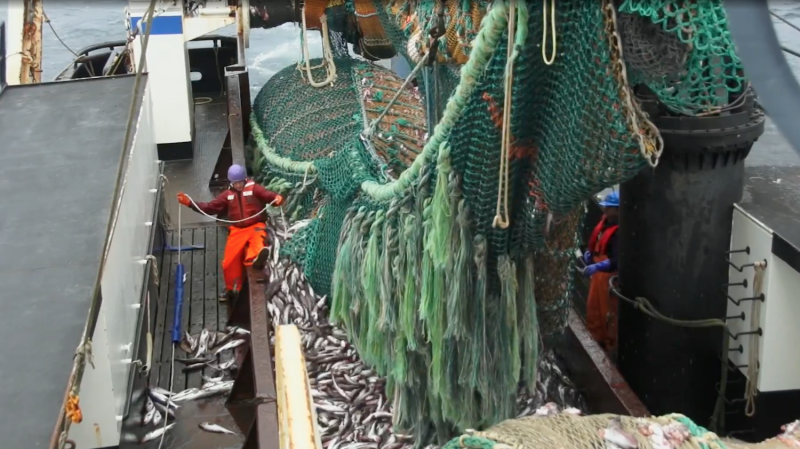
John Gruver, the American Fisheries Act catcher vessel inter-cooperative manager, began as a deckhand on a trawler, the 140-foot Sea Wolf, during the 1980s and remembers well the myriad species besides pollock that showed up in the bag after a tow.
Gruver worked his way from the deck to the wheelhouse and eventually became part owner of the Sea Wolf before retiring from the boat and managing 75 active catcher boats in the co-op. In his tenure, he notes sweeping changes were made in the efforts to avoid salmon, herring and black cod that commingle with the pollock.
Still, he thinks the industry can do more.
“Bycatch has an impact,” he says. “There’s no denying it. These people are suffering. Their grocery store is the river, and there’s nothing on the shelves.”
The list of avoidance measures taken by trawlers through the years include rolling hotspots, data sharing among skippers, an Aleutian Island Chinook Salmon Savings Area, and a similar chum savings area farther north. There are permanent closures during winter in the “Horseshoe,” an area where chinooks are found in higher concentrations, and incentive plans that reward avoidance. Total areas closed to trawling for conservation of fish species or habitat tally up to 517,000 nautical square miles, an area about three times the size of California.
Though the pollock B season stretches to November 1, Gruver says the fleet harvests its shares before October. That’s when chinook concentrations increase in some areas. As for improvements, Gruver says there's too much lag time in receiving genetic results from fish in their tows.
“We don’t get genetics reports for nearly a year,” he says. Gruver would like to see a floating genetics lab like the one used in the Bristol Bay salmon fishery available to the pollock fleet. He says the industry attempted to secure the vessel in time for this year’s B season but the technicians and scientists were not available.
“What we really need is genetics work that works in real time,” he adds.
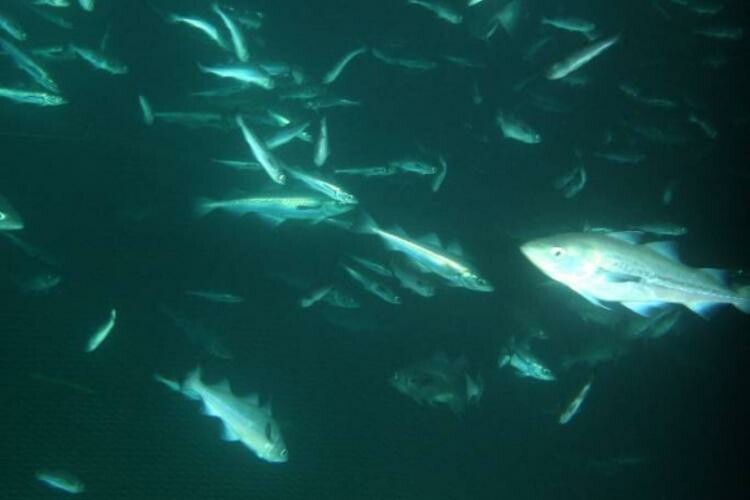
Gruver and partner John Gauvin, fishery science project director with the Alaska Seafood Cooperative, have been working for years in the development of the salmon excluders used in trawls. Early models destroyed the netting in the trawls, or made the trawls fish incorrectly, which meant starting over on the new prototypes and subsequent test sessions in a giant glass tank made for trawl development in Newfoundland.
Gruver reports that the excluders had an 80 percent success rate in the Gulf of Alaska and ranged from 30 to 50 percent success rates during trials in the Bering Sea.
The key may lie in understanding differences in swimming patterns of salmon between the two areas. Gruver hopes to find a solution before he retires in about two years. Until then, he says the fleet will try everything it can to reduce the numbers of incidental salmon.
“We’re trying to avoid fish that go into the mouths of the rivers, whether they're Alaska fish or Canada fish,” he says. “I can’t deny the statement that every fish counts, but there is a reality to it, and pollock also count.”
That some of the same beleaguered Bering Sea salmon communities have invested in the pollock industry via the purchase of catch shares and the ownership of trawlers adds another layer in the complexity of the bycatch issue.
In 1992, Congress created the Community Development Quota program which initially awarded 7.5 percent (and eventually 10 percent) of the pollock harvest to 65 communities based upon the criterion that they lay within 50 miles of the Bering Sea coast and that at least 50 percent of residents relied upon commercial or subsistence salmon fishing to meet their needs.
Based on demographics, those communities were organized into six regional nonprofit organizations and were allowed to form for-profit subsidiaries - an option that provided flexibility in a wide range of ventures including entry to Bering Sea fisheries, housing improvements, and measures to reduce poverty and provide other benefits such as college scholarships.
On the island of Saint Paul, the single community formed the Central Bering Sea Fishermen’s Association (CBSFA), a CDQ group which owns three vessels and shares on four other vessels. In the decade from 2007-2017, the corporation paid $23,744,532 in contributions to local programs and infrastructure investments, which included money for the city, the local school district, the tribal government and other infrastructure developments.
In tax filings for 2019, revenues for another CDQ group, Coastal Villages Regional Fund, hit $54.4 million with net profits of $2.3 million and net assets of $273.9 million. CVRF owns five vessels that fish for pollock, cod and crab. According to an informational video, the group serves 9,300 residents in 20 communities and contributes up to $30 million to economic development each year.
At the same time, many other salmon-dependent communities beyond 50 miles inland got cut out of the 10 percent allocated to CDQ groups. The seasonal run of chinooks and chums are all they have.
